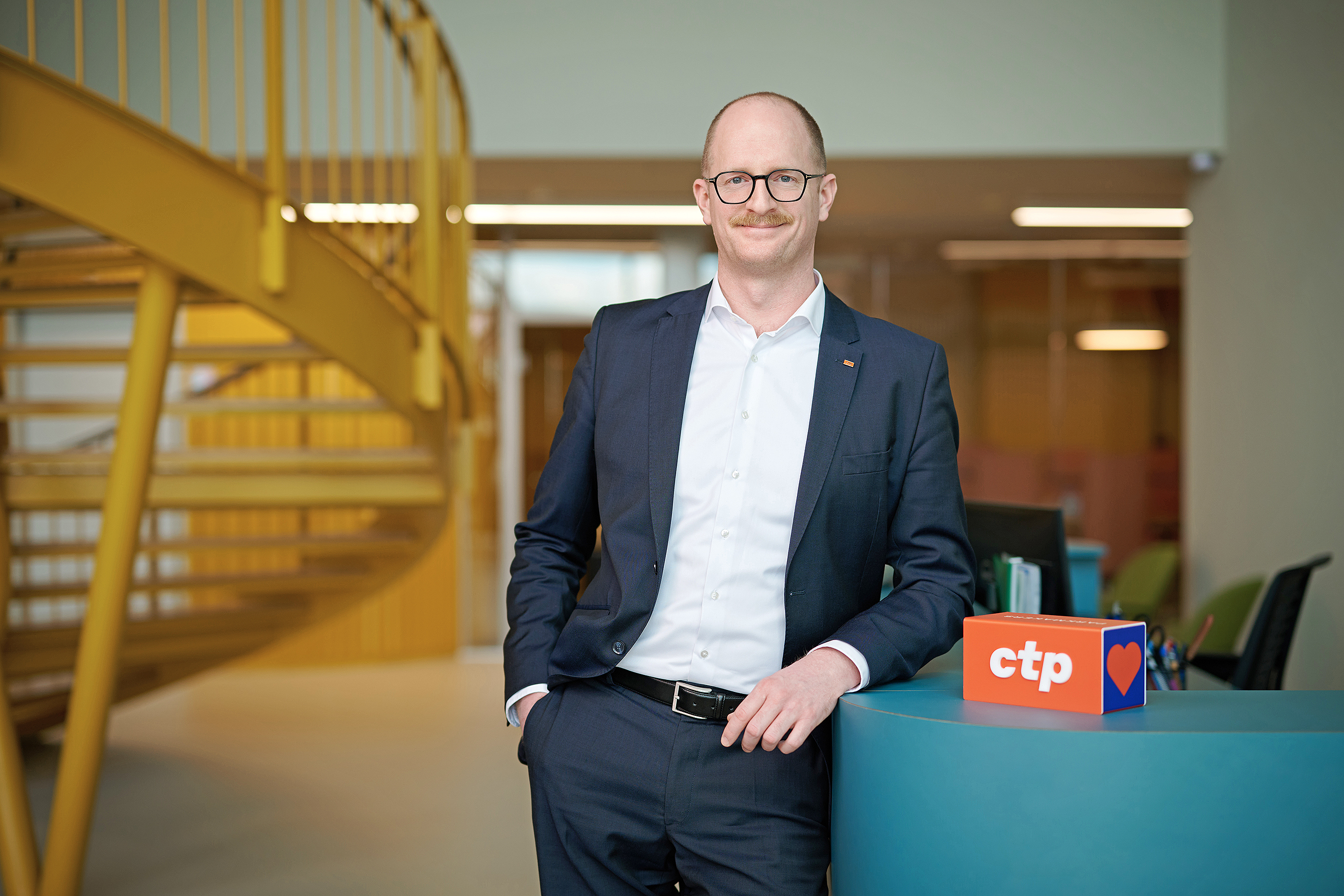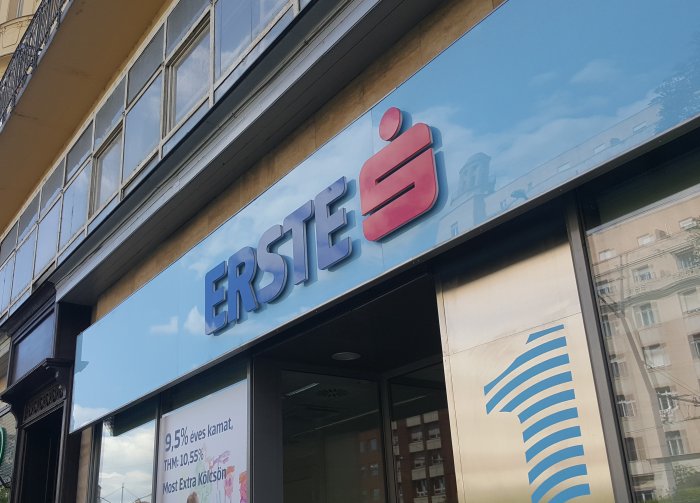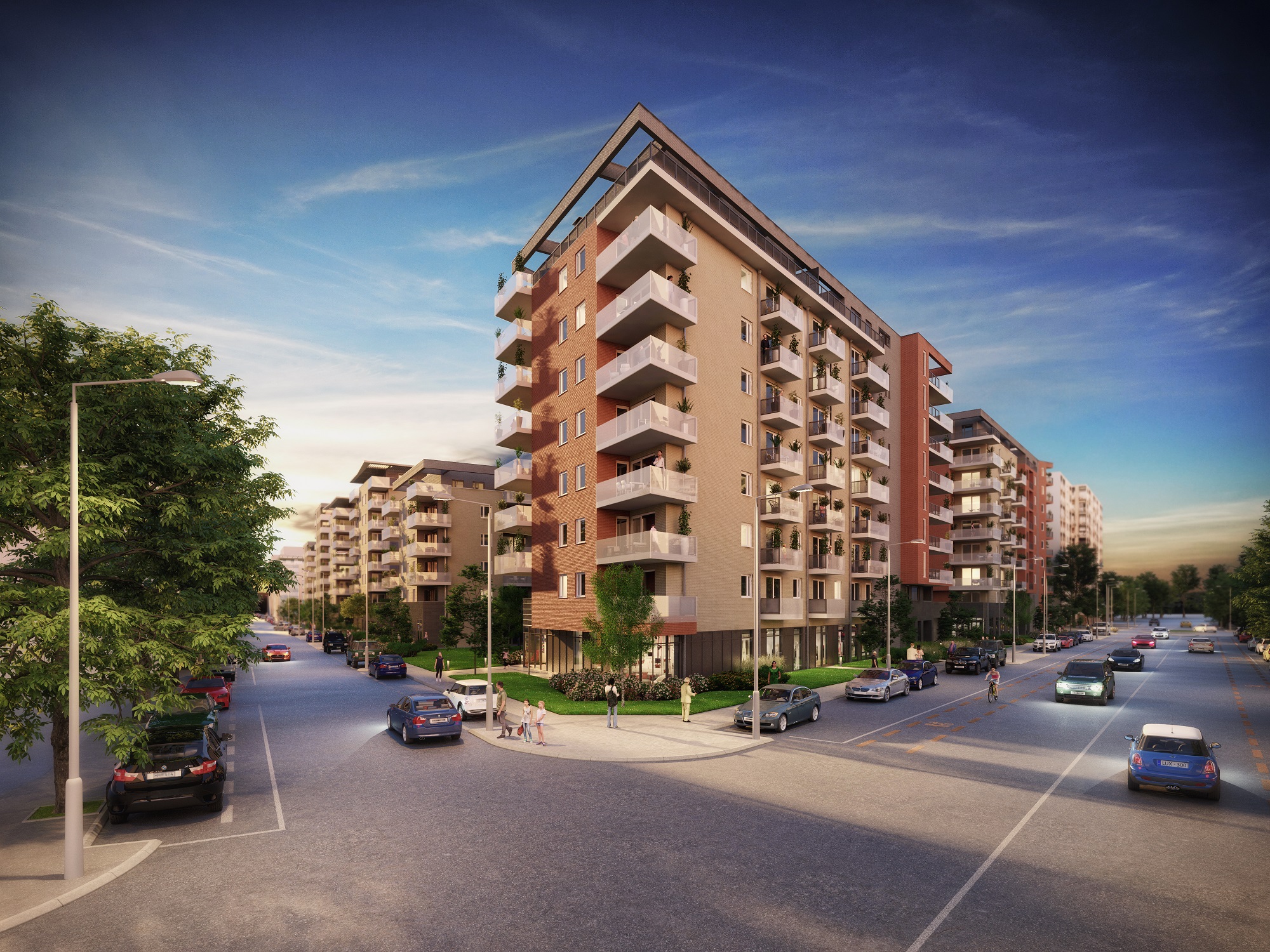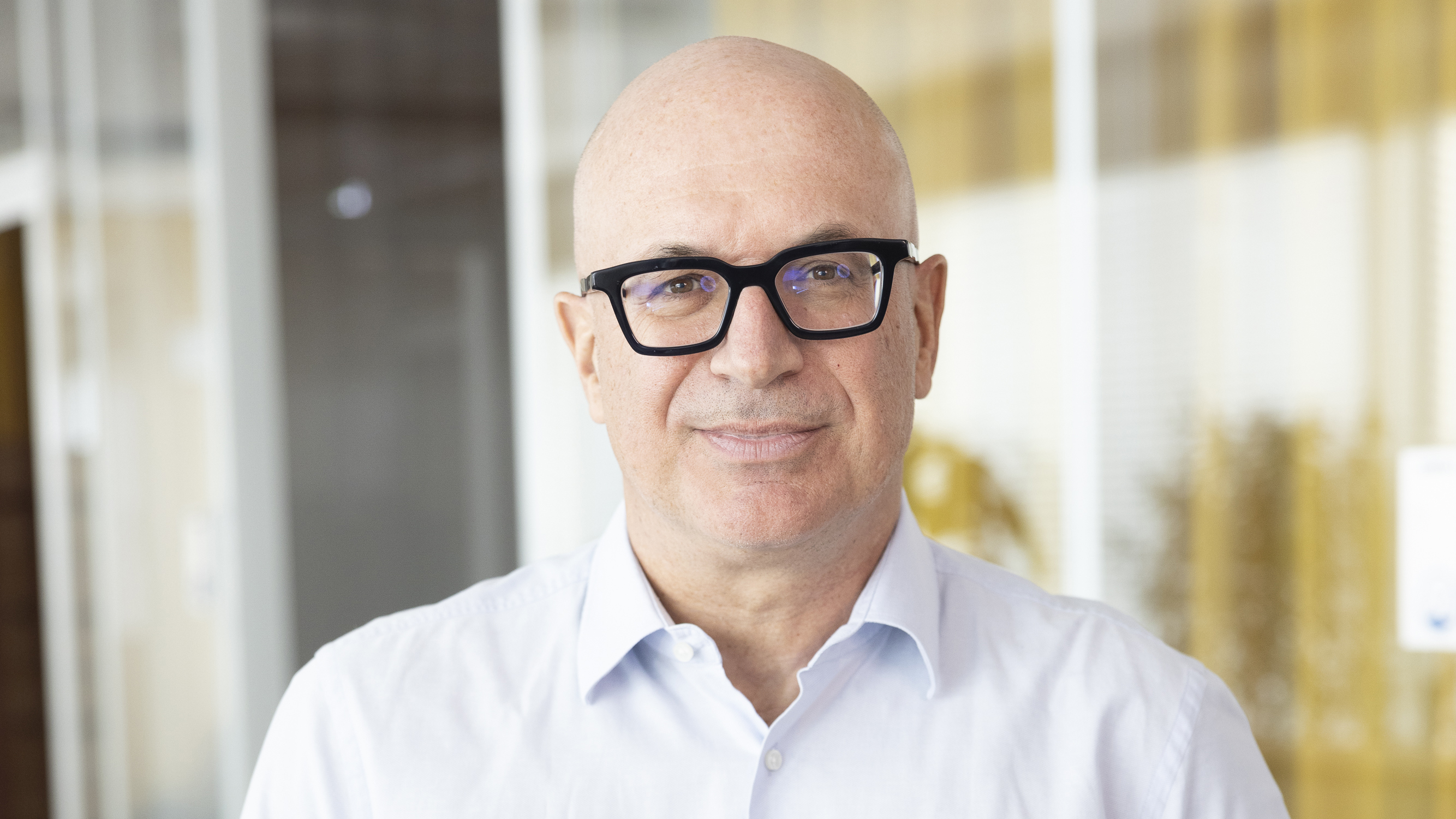Sustainability and Growth: CTP Hungary’s Vision for Future of Industrial Real Estate

Ferenc Gondi, managing director of CTP Hungary.
What lies ahead for Hungary’s industrial and logistics real estate market? CTP Hungary managing director Ferenc Gondi shares his insights into market trends, emerging industries, and the promising future of the Hungarian market.
BBJ: The industrial and logistics real estate sector in Central and Eastern Europe is expected to expand strongly thanks to five crucial growth drivers, according to a recent CTP market research report entitled “CEE: a Business-Smart Region.” What are these growth drivers?
Ferenc Gondi: Several factors can be identified in the region that provide a strong foundation for growth. It is essential to mention skilled human capital, which represents a constant source of labor supply for the sector. In addition, markets cooperate closely and are interconnected, with significant diversification, which ensures new and emerging opportunities. The region’s economies also have outstanding growth rates by European Union standards, and there is still huge potential in this respect. The real estate markets of the various countries have strong fundamentals, meaning that the sector continues to offer significant prospects for developers. It is not just the housing market that is strong, however, but the macroeconomic fundamentals as well, and the two, of course, are interlinked. As such, GDP growth in these states is historically high and, on a related note, domestic consumption is growing steadily, and the region’s economy has doubled since 2000. Although the global economy is currently facing several problems, CEE remains resilient.
BBJ: CTP has a portfolio of around 11 million sqm in core CEE markets, as well as in Germany, Austria, and the Netherlands, with plans to reach 20 million sqm by the end of the decade. What does this plan mean for CTP’s Hungarian operations?
FG: CTP Hungary represents 10% of CTP Group’s total gross leasable area, which is a significant proportion of the entire corporate portfolio. The objective is to double the real estate portfolio in Hungary as well, as the country continues to benefit from positive regional trends, meaning there is demand for new investments. We have a significant land portfolio for developing new industrial-logistics properties, and our client base has a substantial and sustained demand for new halls built and operated to a high standard.
BBJ: Throughout 2021 and 2022, you noted that CTP doubled its Hungarian portfolio to one million sqm. This means that CTP owns more than one-fifth of Hungary’s total modern industrial/logistics stock. Where are the next areas for expansion in Hungary? Are there any plans to expand in the countryside?
FG: In addition to the capital, the country’s most prominent zones also play an important role in the life of our company. CTP Hungary is highly familiar with the markets outside Budapest, and strengthening our presence in Hungary’s large emerging industrial zones is one critical objective. In addition to the M0 orbital road around Budapest, Debrecen is possibly the next regional sub-center, which, together with Nyíregyháza and Miskolc, could grow into an even more significant industrial triangle.
BBJ: The company’s portfolio in CEE is fully Breeam-certified, and your renewable energy capacity includes solar parks in the logistics centers. How does CTP ensure that its Hungarian portfolio stays up to date with the latest innovations from the world of sustainability?
FG: Indeed, almost the entire CTP portfolio in Hungary is Breeam-certified. However, we are not satisfied with our buildings “just” being green-certified, as our goal is to obtain the highest certification level in all cases. We also aim to keep our older buildings competitive alongside new investments, and to this end, we emphasize the ongoing maintenance and modernization of our existing facilities.
Among other things, we are refurbishing our gas-heated buildings with heat pumps, high-quality insulation and solar panels, which we hope will help them achieve higher Breeam ratings. In the spirit of continuous innovation, by the end of 2023, CTP Hungary will have installed 15 MW of solar capacity on the hall roofs of our logistics parks, while the group-level target is 400 MW by the end of 2026. We are well aware of market needs and know how to operate and develop our buildings to remain competitive.
BBJ: In your experience, are ESG aspects becoming more important for your tenants in Hungary?
FG: Absolutely. What’s more, we are pleased to see this trend, as it also means that our future-proof offers are recognized even more by our tenants and partners. We cover all ESG aspects, and in line with sustainability requirements, the group strives to ensure that its investment projects are integrated into the everyday life, eco-system and townscape of the towns and settlements, in consultation with local communities. In agreement with the local municipalities, the group supports, among other things, outstanding urban development projects ranging from road improvements to sewerage projects and local community programs.
Since 2020, we have been building facilities equipped with only heat pumps and steadily reducing our carbon footprint. We use sustainable technologies in new investment projects. To optimize energy consumption, we heat and cool our buildings with electricity and use no gas in new investments. This electricity is, in part, provided by our own solar farms; we are currently developing several large-capacity solar farms to provide green energy to tenants as needed. We are also working to reduce the carbon footprint of our buildings, and recycling is given priority in our developments to promote a circular economy.
BBJ: Looking ahead, what are your expectations for the Hungarian industrial and logistics real estate market for the next year?
FG: The Hungarian market will continue to benefit from its own and regional tendencies, and new industries are expected to create new demand, accompanied by recent trends. We have recently seen increased demand for light industrial and manufacturing facilities, and we project increased logistics activity by the end of next year as a result. In addition, new professional needs are emerging that support further developments, such as nearshoring or, as we sometimes refer to it, “friend-shoring,” to strengthen supply chains to bring production and services closer to consumption sites in countries where it is safe to operate. Overall, we firmly believe in the potential of the Hungarian market.
This article was first published in the Budapest Business Journal print issue of October 20, 2023.
SUPPORT THE BUDAPEST BUSINESS JOURNAL
Producing journalism that is worthy of the name is a costly business. For 27 years, the publishers, editors and reporters of the Budapest Business Journal have striven to bring you business news that works, information that you can trust, that is factual, accurate and presented without fear or favor.
Newspaper organizations across the globe have struggled to find a business model that allows them to continue to excel, without compromising their ability to perform. Most recently, some have experimented with the idea of involving their most important stakeholders, their readers.
We would like to offer that same opportunity to our readers. We would like to invite you to help us deliver the quality business journalism you require. Hit our Support the BBJ button and you can choose the how much and how often you send us your contributions.










